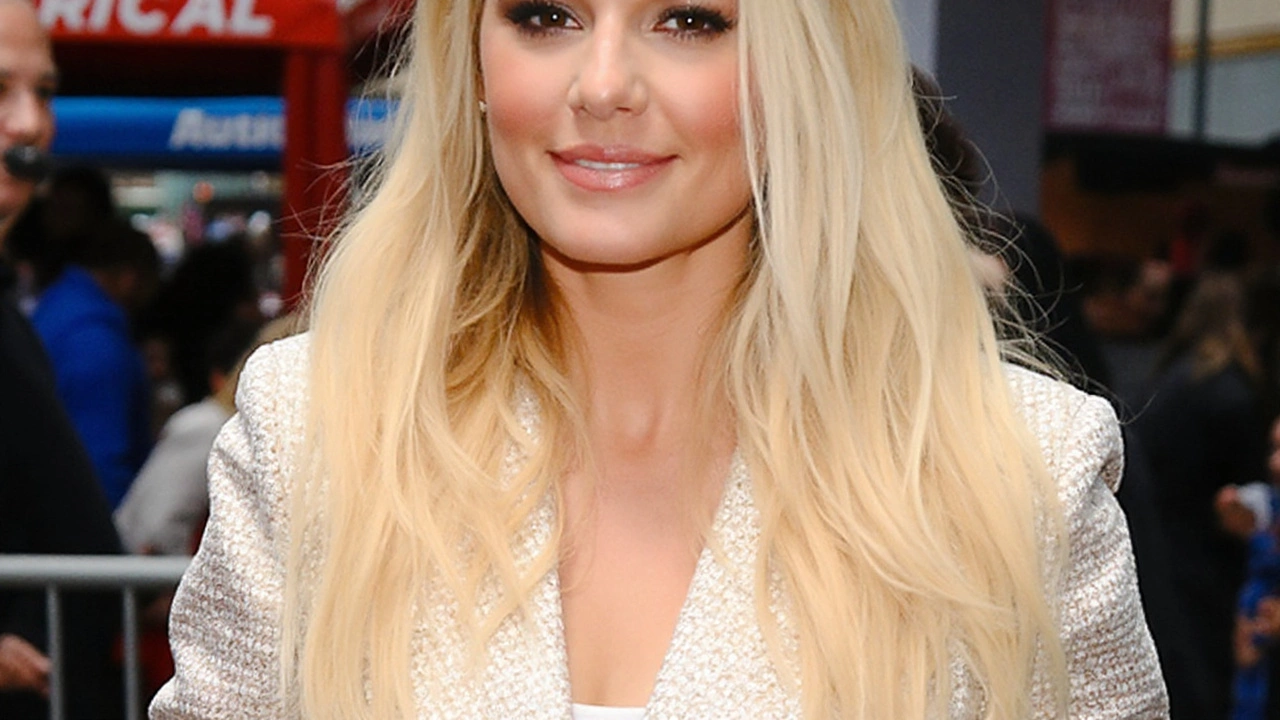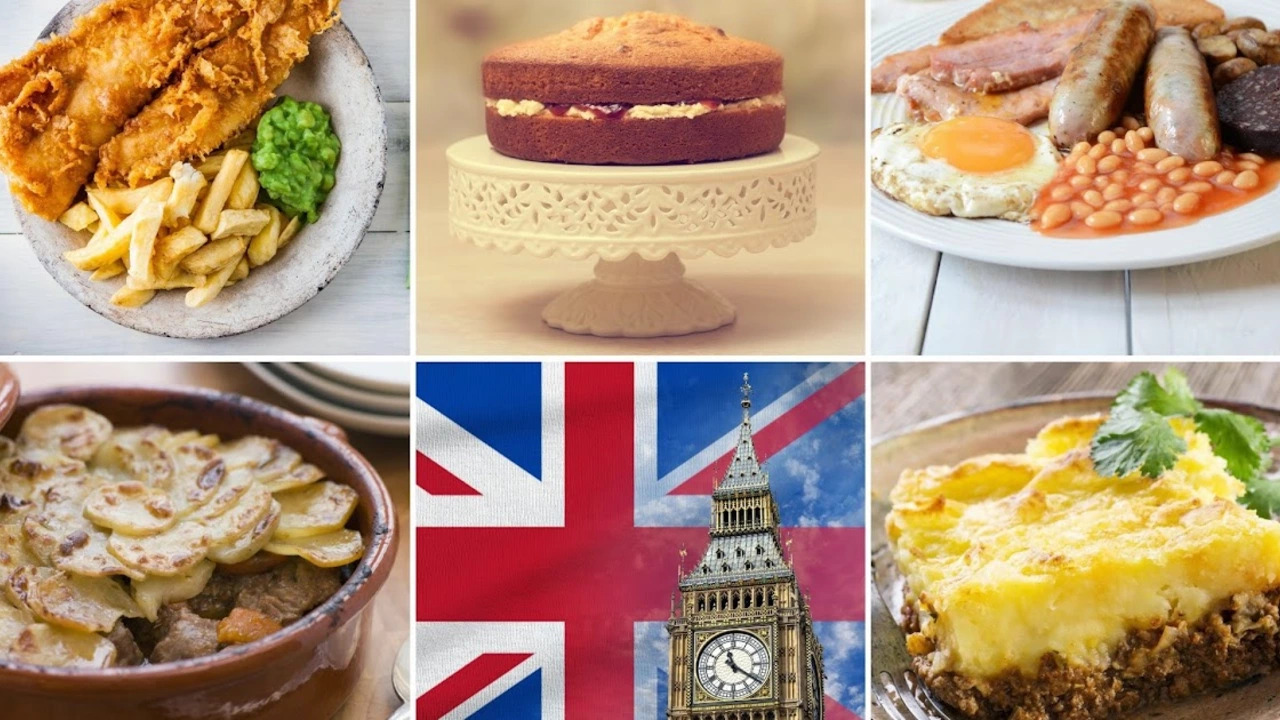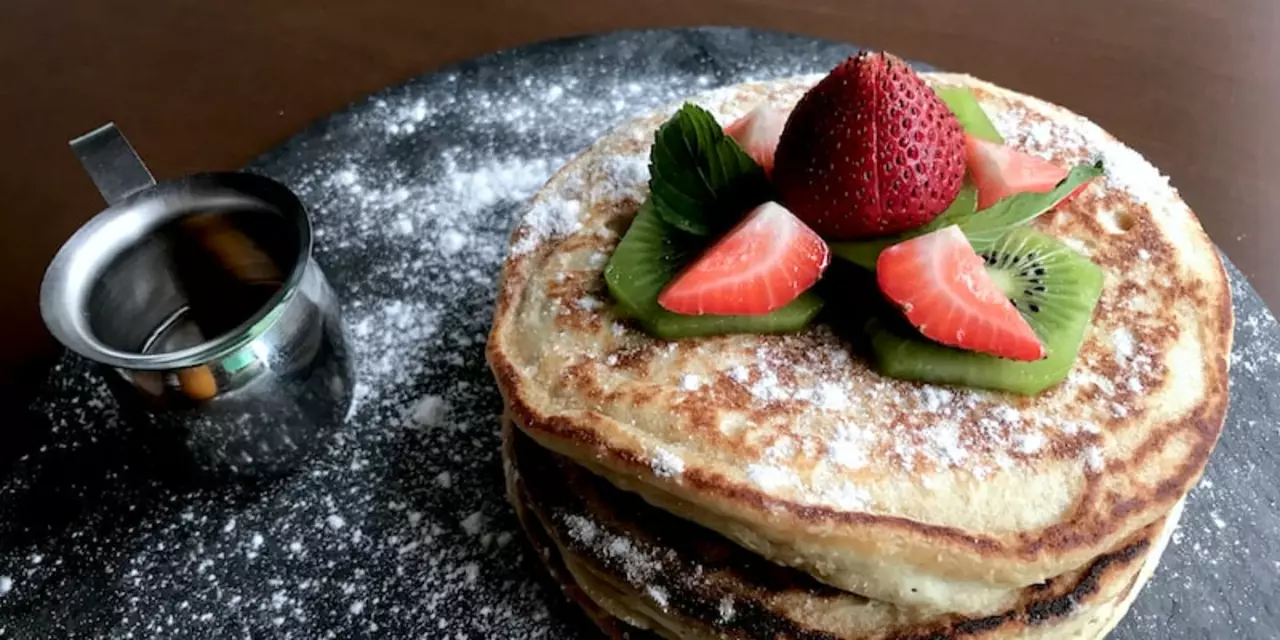A country star trades platinum for "bronde" — and it suits the moment
Carrie Underwood built a brand on powerhouse vocals, rhinestones, and bright blonde hair. Now she has surprised fans by going back to her natural shade — a brunette-leaning "bronde" — for the first time since she was about 12. She unveiled the look on Instagram in August, joked that it was time to "give it a second chance," and tagged it with #newordme. The reveal landed with a jolt not because it was extreme, but because it was understated. That’s the point.
Underwood, 42, is an American Idol alum and one of country music’s most visible figures. Switching up something as recognizable as her hair is not a small move. For years, she openly wondered about trying darker tones but worried it would shock people. In a 2012 conversation, she said she had “always been blonde” and didn’t want a sudden brown to read as “turning dark and serious.” That hesitation is gone. The new color reads modern, deliberate, and calm — the kind of shift that says she’s choosing comfort over an image that never got a break.
The stylist behind the change is Nashville-based colorist Caitlyn August, whom Underwood thanked for “helping me get back to my roots.” Nashville is packed with high-end salons serving artists who need camera-ready hair that still looks lived-in. This result has that vibe: a soft root, warmer mids, and a glossed finish. It’s the opposite of attention-grabbing platinum — and that’s why everyone noticed.
Fans did not blink. They cheered. Her comments were full of “WOW” reactions and flame emojis. That warm reception matters, because celebrity hair is part brand, part security blanket. Underwood’s blonde was a signature for nearly two decades. Seeing her audience embrace the change gives her room to sit in it, tweak it, and maybe push a bit darker as fall settles in. It’s also a signal that audiences, after years of ultra-bright blondes and ice tones, are in the mood for something softer and warmer.
If you’re wondering what exactly “bronde” means, think of it as the middle ground: the warmth and depth of brown with ribbons of blonde that catch the light. It has been a steady favorite among stylists because it’s forgiving on roots, kinder on hair health than heavy bleaching, and flattering on camera. Under bright stage lights and HD TV, high-contrast hair can look harsh. Bronde tamps down that contrast and gives dimension without shouting.
The timing makes sense. Underwood is a mother of two, a touring artist, and a regular on live TV. A lower-maintenance shade is easier between flights, rehearsals, and long show days. It’s also less damaging. Anyone who has lived in a bleach cycle knows the trade-offs: breakage, dryness, and frequent touch-ups. Pulling back to a natural base lets hair recover while still looking polished. You can see the hair responding — shinier, smoother, and more relaxed.
Color-wise, getting from bright blonde to a natural “bronde” is not a one-step box-dye situation. Colorists usually layer in lowlights, deepen the root with a smudge or shadow, and add a gloss to blend old blonde with the new tone. It’s meticulous work to avoid banding and keep the color moving in natural gradients. If you have years of highlights, your ends can soak up pigment differently than your roots, so pros often tone in stages. The result you see on Underwood suggests that kind of careful, multi-tonal approach.
Underwood has never pretended hair was a straight line. She has laughed about her sixth-grade gelled bangs and the teenage perm she calls a misstep. Owning those moments gives a change like this more weight. It reads as a reset rather than a stunt — a grown-up decision that aligns with how she now shows up onstage and at home. Nostalgia is part of it too. For someone who has been in the public eye since her early 20s, returning to a childhood shade is a way to tap into the person who existed before the spotlight.
There’s also the industry backdrop. After the “expensive brunette” wave that swept through fashion circles, bronde became the compromise for artists who wanted depth without losing the sunlit vibe of blonde. Camera crews like it because it avoids blown-out highlights. Stylists like it because it’s easier to maintain. Fans respond because it feels real — the look you’d imagine on a day off, not just a red carpet.
The Instagram rollout fit today’s playbook: clean lighting, a caption that felt personal, and credits for the pro who did the work. If you watch how celebrities share hair changes, the ones that stick have this exact cadence — an intimate explanation, a nod to the craft, and a friendly hashtag that sets the tone. #newordme is light, a wink, and it signals that this is not an era change so much as a reset of the baseline.
Does a hair color shift tell us anything about new music? Not directly. Artists often evolve their look when they enter a new cycle, but Underwood’s move reads more like life logistics and comfort than a coded album teaser. If anything, it clears the stage: fewer touch-ups, less damage, and more freedom to focus on the work. When you’re juggling a setlist, a television appearance, and family schedules, simplicity wins.
For fans thinking about following her lead, a few practical notes help:
- Ask for low-contrast dimension. Words like “soft root,” “lived-in highlights,” and “warm lowlights” point your stylist to bronde territory.
- Plan for a gloss every 6–8 weeks. Gloss keeps warmth intentional instead of brassy, especially if you’re dialing back from a cool blonde.
- Ease into it. If you’ve been very blonde, a two-appointment approach can keep the transition natural and avoid color shock.
- Care for the cuticle. Use bond-building treatments and a heat protectant while your hair recovers from years of lightening.
From a branding lens, the choice strengthens Underwood’s long-standing balance between arena-ready glamour and small-town relatability. Blonde was part of the armor. Bronde feels like the person behind it. She still looks like herself — just closer to how she probably looks in the kitchen or the carpool line. That relatability is part of why the comments were so warm. People recognize life phases, and this one looks like a comfortable fit.
It’s worth noting how rare it is for a star with a look as consistent as hers to pivot without a big event pushing it — no movie role, no headline-grabbing stunt, just a feeling that “it might be time.” That kind of small, personal decision reads louder than any shock color could. It is also harder to pull off because the bar shifts from spectacle to taste. The color has to be good. Here, it is.
Public memory can trap artists in their debut images. Underwood’s Season 4 American Idol win baked in a certain picture: sky-high notes, denim, a sparkle of pageant polish, and yes, platinum hair. Two decades on, the music has grown tougher and more adventurous, the stages bigger, and her life fuller. The hair finally caught up. When she says she hasn’t seen her natural color since grade school, that’s more than a hair note; it’s a reminder of how long she’s been working at that level.
The quiet confidence of this reveal also says something about the moment in pop-country. The genre has widened. You can stand center stage without leaning on a single, fixed image. Underwood helped build that space. If the new shade starts a small wave of “soft brunette” across fan selfies and backstage halls, it will make sense. Trends tend to follow stars who make a big change look easy.
Expect the color to keep evolving. Bronde is a lane, not a single shade. As seasons change, stylists deepen the root for fall, add face-framing brightness for spring, and tweak tone with glosses. You’ll likely see Underwood slide a touch warmer under winter lights and brighter when tour dates ramp up. The maintenance is subtle, and that is the point — a living color that shifts without a headline every time.
Underwood’s hair history will always have those funny chapters — the crunchy bangs, the perm she regrets. That honest file makes the current chapter land with more charm. After thirty years of identity-defining blonde, she stepped toward her own baseline and found a color that feels like her. The reaction says audiences were ready for it. So was she.
What this says about image, timing, and the power of a subtle switch
Look closely and you’ll see a handful of smart choices stacked together: a tone that flatters natural growth, a rollout that invites fans in, and a color that photographs well under stadium lights. None of it screams. All of it works. It’s a reminder that in an era obsessed with extremes, the most striking move can be the one that blends in — on purpose.
For someone who has worn the same hair identity across albums, world tours, awards shows, and television spots, going back to her natural color is a small act with big echoes. It tells you she trusts her audience, trusts the work, and isn’t afraid to step out from behind the brightest version of herself. If you’ve followed her story since Idol, it also reads like a neat, full-circle moment — the artist, the mom, the performer, and the person, all in one shade.






